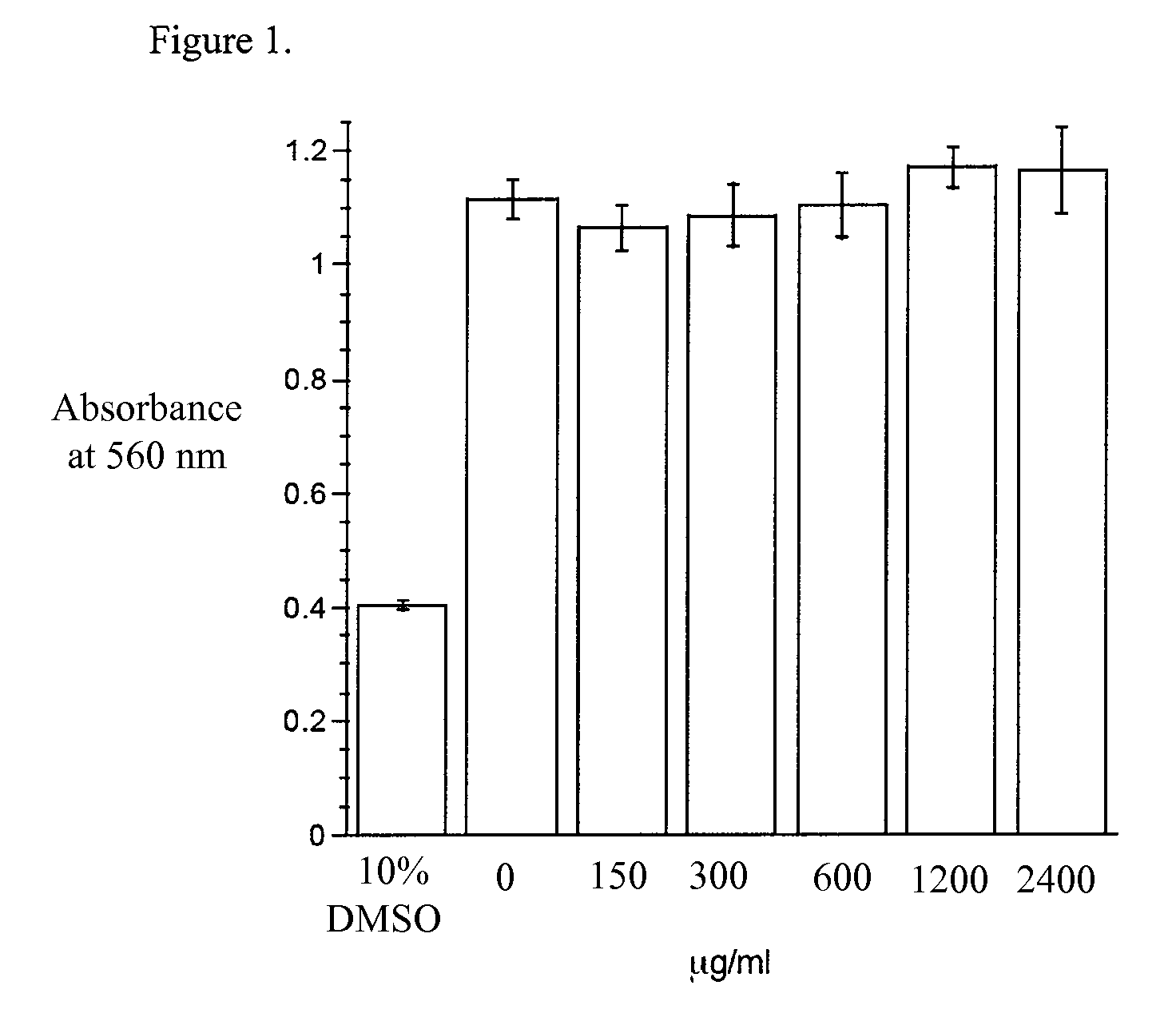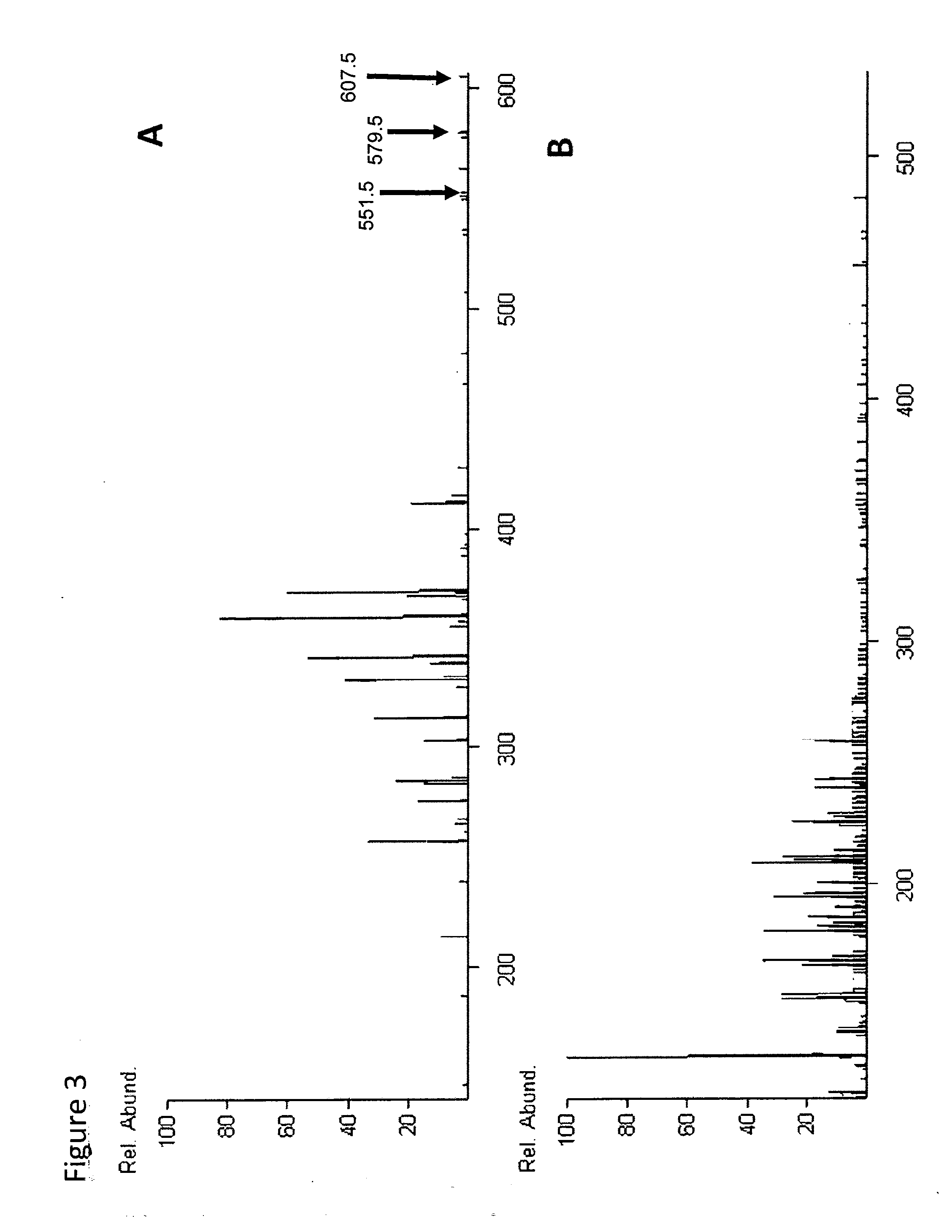Antiinfective Proanthocyanidin Compounds and Methods of Use Thereof
a technology of anti-infective proanthocyanidin and compounds, which is applied in the direction of drug compositions, plant/algae/fungi/lichens ingredients, biological testing, etc., can solve the problems of limiting its compliance and use in non-clinical settings, increasing the number of cases worldwide, and difficult control of hiv viral load in hiv+ and aid patients
- Summary
- Abstract
- Description
- Claims
- Application Information
AI Technical Summary
Benefits of technology
Problems solved by technology
Method used
Image
Examples
Embodiment Construction
Definitions
[0057]For convenience, before further description of the disclosure, certain terms employed in the specification, examples and appended claims are collected here. These definitions should be read in light of the remainder of the disclosure and understood as by a person of skill in the art. Unless defined otherwise, all technical and scientific terms used herein have the same meaning as commonly understood by a person of ordinary skill in the art.
[0058]The term “acyl” as used herein refers to the radical
[0059]wherein R′11 represents hydrogen, alkyl, alkenyl, alkynyl, or —(CH2)m—R80, wherein R80 is aryl, cycloalkyl, cycloalkenyl, heteroaryl or heterocyclyl; and m is an integer in the range 0 to 8, inclusive.
[0060]The term “alkyl” refers to a radical of a saturated straight or branched chain hydrocarbon group of, for example, 1-20 carbon atoms, or 1-12, 1-10, or 1-6 carbon atoms.
[0061]The term “alkenyl” refers to a radical of an unsaturated straight or branched chain hydroca...
PUM
 Login to View More
Login to View More Abstract
Description
Claims
Application Information
 Login to View More
Login to View More - R&D
- Intellectual Property
- Life Sciences
- Materials
- Tech Scout
- Unparalleled Data Quality
- Higher Quality Content
- 60% Fewer Hallucinations
Browse by: Latest US Patents, China's latest patents, Technical Efficacy Thesaurus, Application Domain, Technology Topic, Popular Technical Reports.
© 2025 PatSnap. All rights reserved.Legal|Privacy policy|Modern Slavery Act Transparency Statement|Sitemap|About US| Contact US: help@patsnap.com



